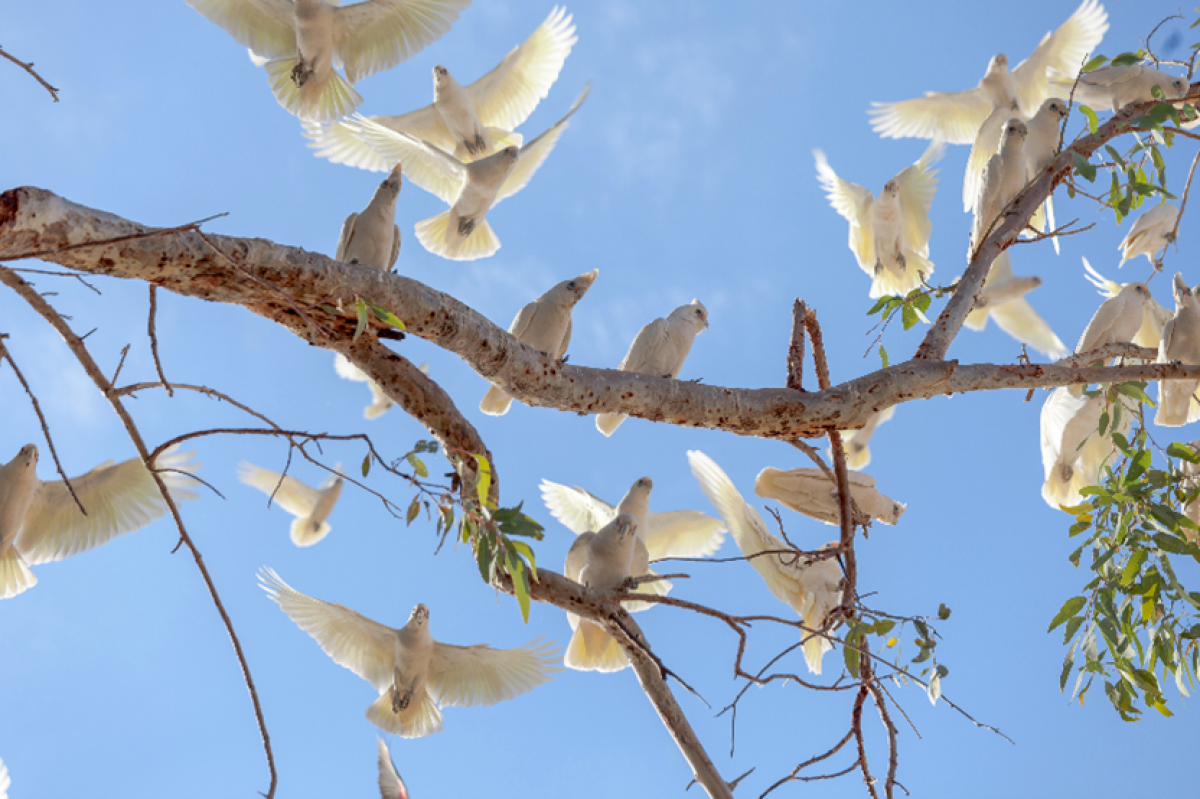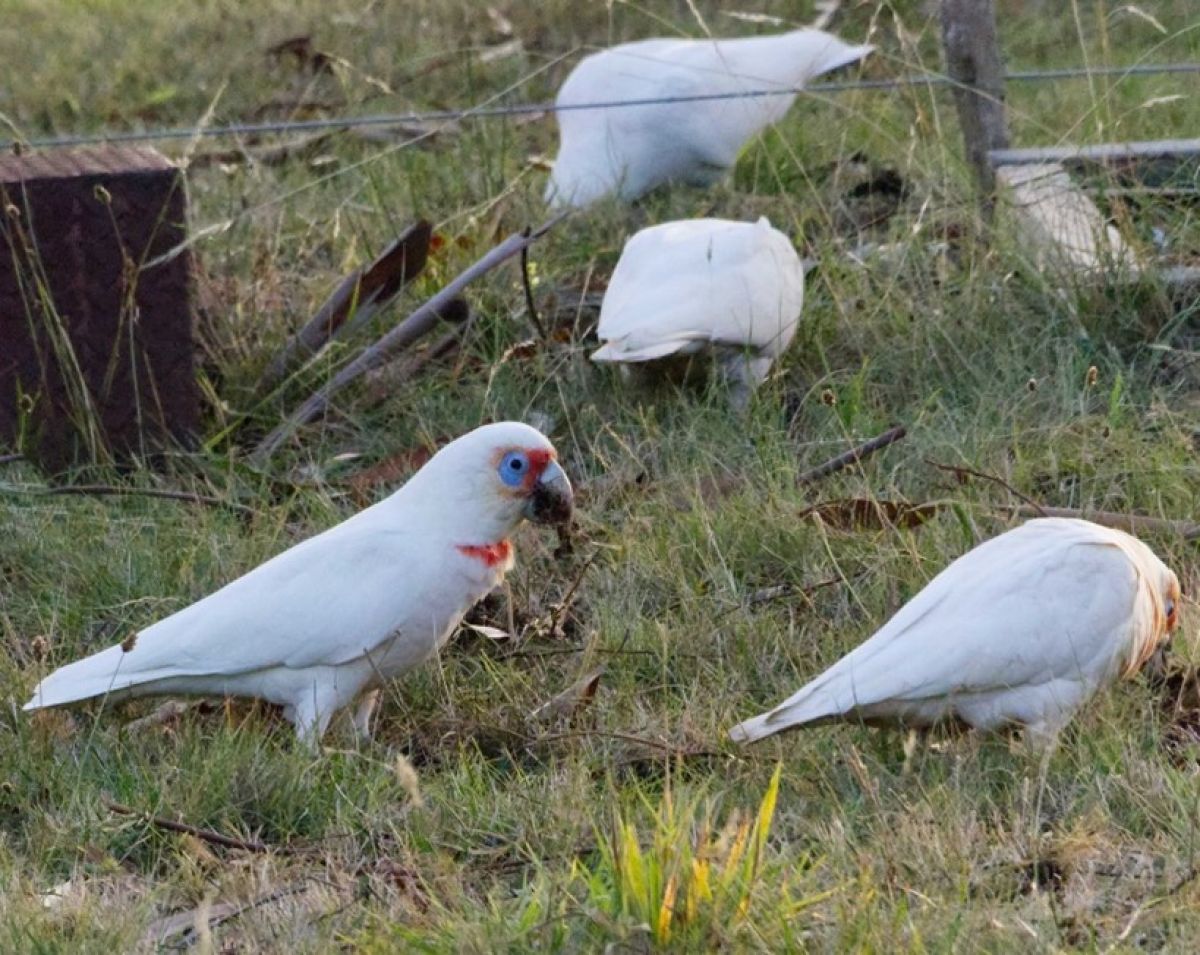

Why the Victorian Government developed the strategy
Both the Long-billed and Little Corella species have increased their population and range across Victoria. Corellas are now common not only in many rural towns but in urban areas of Melbourne as well.
In recent years the interactions between the Victorian community and corellas have increased. Corella impacts on agriculture, infrastructure and community have also increased.
This has led to tensions between the need to manage corellas to protect assets and agriculture and increased concerns for wildlife welfare.
The Victorian Corella Strategy June 2022-2032 (PDF, 917.1 KB)
The Victorian Corella Strategy June 2022-2032 - accessible (DOCX, 8.4 MB)
The Strategy outlines how we can work together to collaboratively manage the impacts of Corellas at place. Working together will ensure that best practice management options can be implemented to achieve more effective reduction in damages and a better outcome for the community.
How the strategy was developed
The strategy has been developed in consultation with key stakeholders including:
- Traditional Owners Groups
- Birdlife Australia
- Victorian Local Governments
- feedlot operators
- grape growers
- Wildlife Victoria
- Australian Sports Turf Management Association.
The guiding principles of the strategy
- Corellas are native wildlife. Managing their impacts is a shared responsibility between communities, industry and the Victorian Government.
- Wildlife is a part of the cultural heritage of Victoria’s Traditional Owners.
- Actions focus on education and community-owned solutions to manage corella impacts.
- Wildlife, including corellas, are managed using the best available information and adaptive management approaches.
- Where the control of corellas is justified, it must be carried out in a way that is appropriate and humane.
How will the strategy be implemented and reviewed?
The implementation of the 10-year strategy will include a monitoring, evaluation and reporting approach and will contribute to the following long-term outcomes:
- Protection of animal welfare
- Healthy and sustainable wildlife populations and habitat
- Reduced impact of wildlife on environmental, social, cultural and economic assets and values
- Community values wildlife and contributes to wildlife management.
Cooperation between communities and organisations affected by corellas is important to deliver the actions of the strategy and reduce conflicts.
The success of the strategy will depend on people working together and sharing knowledge.
Review of the strategy will ensure that it is an effective tool for the community to manage corella issues in the long term. Any policy changes, new information and techniques will be incorporated.
Corella Management Grants Program
The Corella Management Grant Program (CMGP) is a Victorian Government initiative that supports community, industry, and local government who are being adversely impacted by Long-billed Corella and Little Corella populations.
Applications are now open and close at 3 June 2024.
Find more information about the Corella Management Grants Program.
Resources
Living with wildlife - Corellas and Cockatoos (PDF, 4.6 MB)
Page last updated: 09/05/24